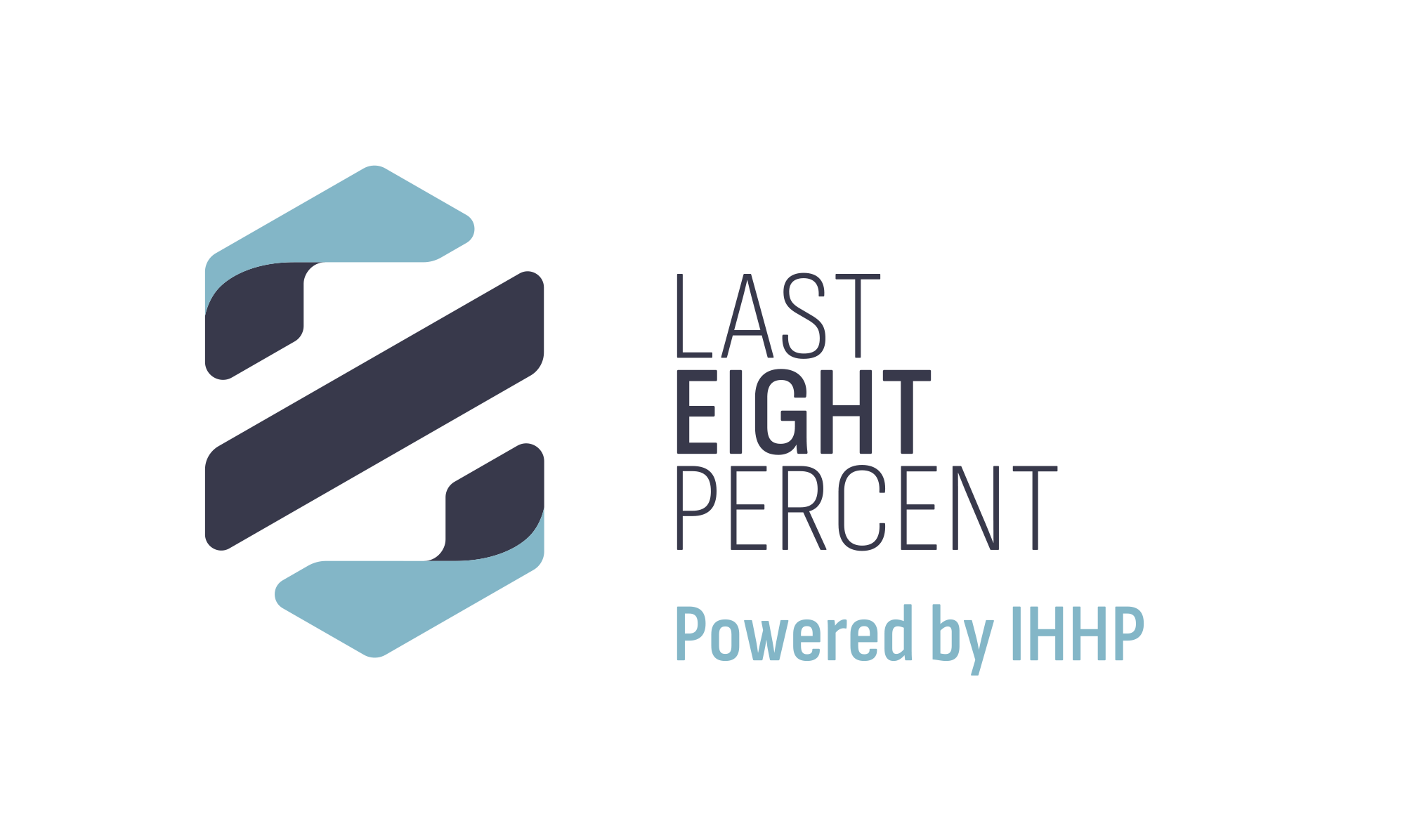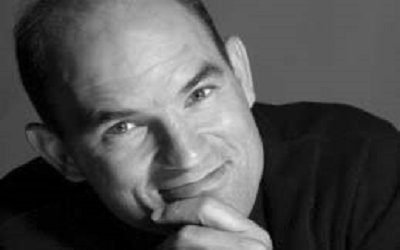Original Publication: Training Magazine
Original Publication Date: February 23, 2015
Excerpt from “Performing Under Pressure: The Science of Doing Your Best When It Matters Most” by Dr. Hendrie Weisinger and Dr. JP Pawliw-Fry (Random House, February 2015). Article Author: By Dr. Hendrie Weisinger and Dr. JP Pawliw-Fry
Pressure is more than a nemesis; it is a villain in our lives. Here are just some of the findings we’ve assembled over the last 10 years that we’ll elaborate on throughout this book:
Pressure adversely impacts our cognitive success.
Whether we are adding up numbers, identifying relevant data, analyzing information, listening to a client, or appraising a job applicant, pressure negatively impacts us. A financial advisor, a project manager, real estate agent, or an attorney under pressure to produce can do disservice to a client.
Pressure downgrades our behavioral skills.
Divers, mountain climbers, basketball and baseball players, golfers, field goal kickers, quarterbacks and their receivers, concert pianists, mechanics, construction workers—all have their psychomotor performance skills compromised under pressure.
In pressure moments, most people perform below their capability.
Pro athletes rarely do better than their average in pressure moments, and most—even the great ones—do worse! The fact is, people frequently perform far below their capability in pressure moments.
Pressure often is camouflaged.
We have found that many conventional tools, such as incentives or praising results, used to motivate ourselves and others, and improve organizational effectively are actually pressure traps; these disrupt performance, stimulate cheating, encourage absenteeism, and, most noticeably, intensify our daily feelings of pressure.
Today we feel increased pressure in our lives.
In today’s world, where we are connected to our jobs and to our work 24/7, pressure is almost unavoidable. Take a look at the comments of some of the people who have taken the Pressure Inventory:
Every day at work, I feel the pressure, like I’m being squeezed like an orange.
It sounds like a cliché, but I feel my office is a pressure cooker.
Every client call is critical. The pressure is relentless.
I feel my life is under a deadline.
“Performing Under Pressure” is organized into three sections.
Part 1 provides readers with an understanding of the nature and science of pressure. Among the points we emphasize are these:
The crucial differences between pressure and stress and how those differences impact us.
- Why we feel the heat in a pressure moment.
- We’ve found that the more familiar you are with the impact of pressure in your life, the more adept you become in successfully coping with it.
Part 2 provides readers with 22 powerful, often counter-intuitive pressure solutions, strategies to use when you are in the middle of a pressure moment—or about to encounter one.
Part 3 offers long-term strategies to help you build a COTE of Armor, a metaphorical suit you can wear daily. The emotional blending of confidence, optimism, tenacity, and enthusiasm makes up the fabric of that coat. With these attributes, you can immunize yourself against pressure, so your capability isn’t diminished or compromised by it, giving yourself your best chance to succeed.
Pressure Solutions
Pressure solutions immunize you to the pressure of the moment because, in one way or another, they:
- Reduce feelings of anxiety, stress, fear, or embarrassment
- Avoid distraction
- Regulate your arousal
- Guide your behavior
- Help you focus on what helps you
Pressure Solution #13: Pressure Yourself
He’s called Ax. He is one of the leaders of an elite special ops force that is in a league of its own. Working in Afghanistan and without wearing a bombproof suit like the one in The Hurt Locker, his job is to lead troops through “hell on Earth”—minefields filled with hundreds of antipersonnel devices. It’s his responsibility to decide when it’s safe for the troops to proceed. One wrong step could end his life. His Green Beret trainer, Chris Corbin, says of Ax, who is an elite special ops dog, “Pressure doesn’t bother him. He feels invincible. He wasn’t trained to fail.”
How Ax was trained to withstand pressure by practicing experiencing pressure. In psychological terms, the goal of this solution is to desensitize yourself to the discomfort of pressure so that it has little effect on you.
Building Your COTE Of Armor
In this section, we provide a COTE of Armor manual: guidelines, procedures, techniques, and practices for developing and strengthening your natural pressure management tools. Of course, there is a caveat and it is a large one: You must practice these tools if you want to obtain results. We will provide you with the information, step-by-step strategies, powerful examples, and colorful illustrations. And we will endeavor to make them easy to use. But it is your responsibility to regiment them into your life.
The attributes behind our COTE of Armor originally evolved to help our ancestors overcome the pressure to survive in prehistoric times. They equipped them with the characteristics to be successful in the face of the high-pressure situations—the life-and-death situations—they encountered.
Building Confidence
To start, you need to:
- Assess your current level of confidence
- Engage your brain using the latest findings in neuroscience
- Develop confidence habits
- Instilling Optimism in Yourself
Studies in clinical and positive psychology demonstrate our thinking styles and mental habits can be changed. The following strategies will help you instill an optimistic perspective into your life:
- Develop an optimistic vocabulary
- Use an optimistic explanatory style
- Adapt the belief the world is fair
Tenacity’s DNA
An evolutionary geneticist might sequentially code a strand of tenacity “DNA” as G-F-H-C. These four chromosomes—Goals, Focus, Hope, and Coping—are sequenced this way because each fuels the creation of the next.
Pathway thinking involves “anticipatory coping”—finding ways around the obstacles you encounter. Having several pathways to achieve your goals will make you more hopeful and help you stay motivated and resilient.
Enthusiasm
Enthusiasm communicates excitement, engagement, and positivity to the people around you. It is infectious. How it communicates this information will tell you how to make yourself more enthusiastic, and how to make others enthusiastic, as well.
Excerpt from “Performing Under Pressure: The Science of Doing Your Best When It Matters Most” by Drs. Hendrie Weisinger and J.P. Pawliw-Fry (Random House, February 2015). For more information, visit http://www.amazon.com/Performing-Under-Pressure-Science-Matters/dp/08041…
Hendrie Weisinger, Ph.D., is trained in clinical, counseling, and organizational psychology. He has taught in numerous executive education and executive MBA programs, including Wharton, UCLA, NYU, Cornell, and MIT and frequently has consulted and conducted workshops for dozens of Fortune 500 Companies such as IBM, Merrill Lynch, Nationwide, Chubb, Bank of America, TRW, Hughes Aircraft, Hyatt, Sheraton, McDonalds, The Hartford, and State Farm. He has provided advice to government agencies including The Secret Service, CIA, IRS, EPA, Department of Labor, and branches of the military, as well as to professional organizations such as The Young Presidents Organization. He is the author of “Emotional Intelligence at Work,” “The Power of Positive Criticism,” “Dr. Weisinger’s Anger Workout Book,” and New York Times bestseller “Nobody’s Perfect.” He can be reached at Hweisinger@msn.com.
JP Pawliw-Fry is an international performance coach and advisor to Olympic athletes and business executives. He is president of the Institute for Health and Human Potential (https://www.ihhp.com), a global research and training company.

